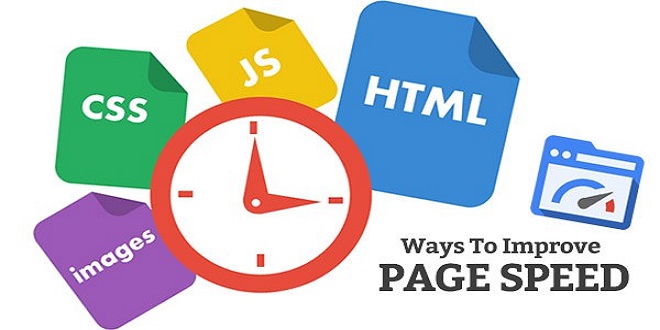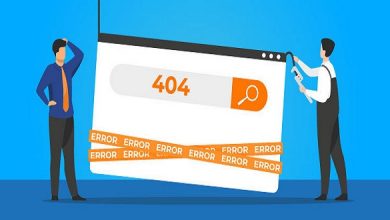Site load speed—Google magic dust.

How fast (or slow) your site loads is another factor Google takes into account when deciding how it should rank your pages in the search results. A very well-known Google employee, Matt Cutts, publicly admitted fast load speed is a positive ranking factor.
Induction
If your site is as slow as a dead snail, then it is likely your site is not living up to its potential in the search engines. If your site load time is average, improving the load speed is an opportunity for an easy SEO boost. Not only is load speed a contributing factor to achieving top rankings in Google, but extensive industry reports have also shown for each second shaved off a site, there is an average increase of 7% to the site conversion rate.
In other words, the faster your site loads, the more chance you have of people completing a sale or filling out an inquiry form. Clearly, this is not an aspect of your site to be overlooked. Fortunately, there are a handful of tools that make it easy to improve your load speed.
- Google Page Speed Insights.
Google’s great free tool, Page Speed Insights, will give you a page load score out of 100. You can see how well your load speed compares to other sites. You can also see how well your site loads on mobile and desktop. Scores closer to 100 are near perfect.
After running a test on your site, the tool will give you a list of high-priority, medium-priority, and low priority areas for improvement. You can forward these on to your developer to speed up your site, or if you are a bit of a tech-head, you can have a crack at fixing these up yourself
- Pingdom Tools http://tools.pingdom.com/ Pingdom Tools is great for an overview of how long your site takes to load in different areas of the world, and for a quick breakdown of files and resources that are slowing your site down. After the test is completed, if you scroll down you will see a list of the files each visitor has to download each time they visit your site.
- If you discover files that can be decreased in size, you can improve your site load speed. Easy targets for improvements are large images. If you have any images over 200kb, these can usually be optimized and shrunk down to a fraction of the size without any loss in quality.
The usual suspects—sitemaps.xml and robots.txt
Sitemaps.xml Search engines automatically look for a special file on each site called the sitemaps.xml file. Having this file on your site is a must for making it easy for search engines to discover pages on your site. Sitemaps are essentially a giant map to all of the pages on your site. Fortunately, creating this file and getting it on to your site is a straightforward process.
Last word
Most CMS sytems have a sitemaps file automatically generated. This includes systems like Wordpress, Magento, Shopify. If this is not the case on your site, you may need to install a plugin or use the free XML Sitemaps Generator tool. The XML Sitemaps Generator will automatically create a sitemaps.xml file for you.





